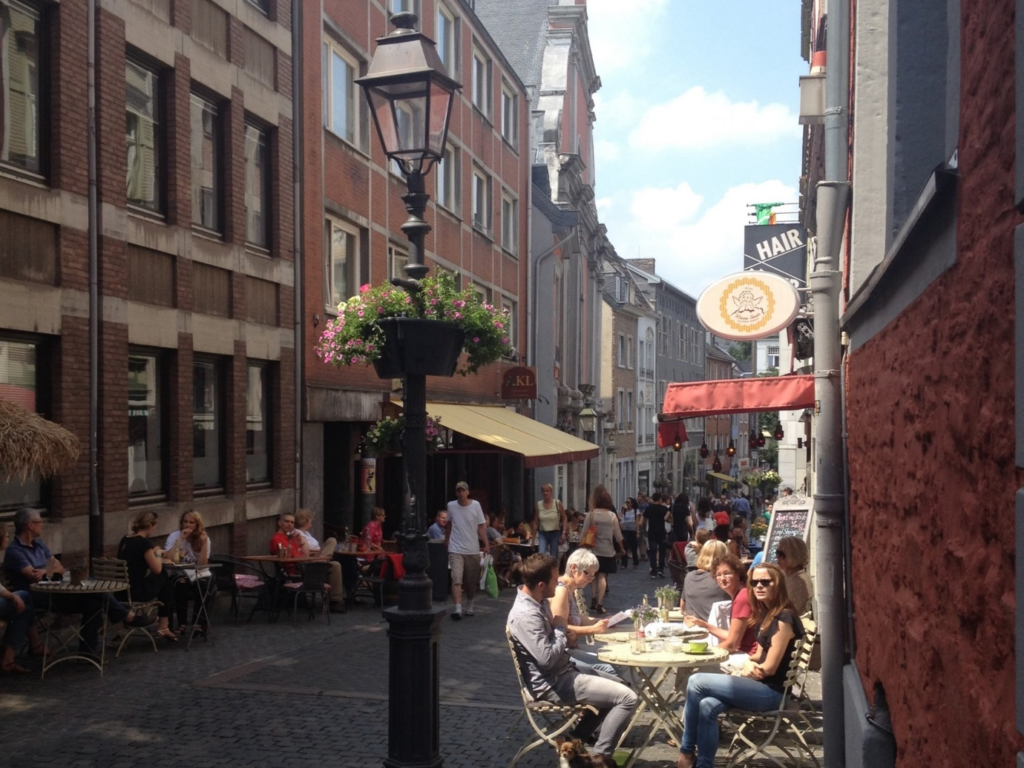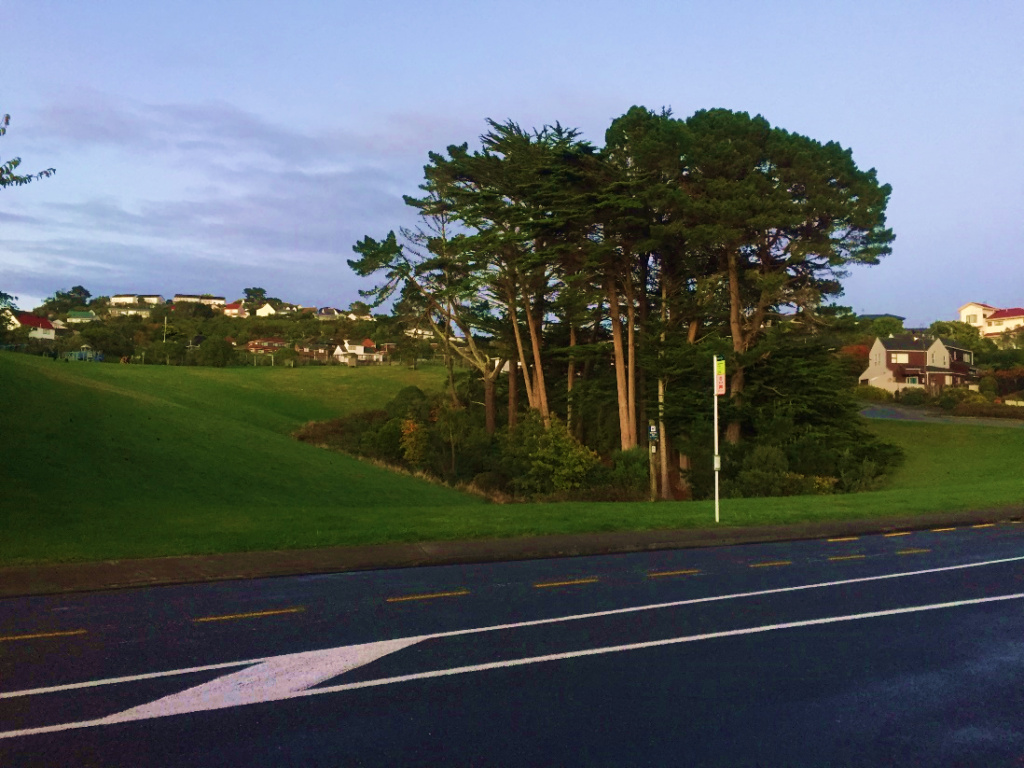City Know-hows

With so many different forms of guidance available for incorporating health into planning, our study evaluated what makes a healthy planning framework successful.
Share
Target audience
Healthy urban planners, Public Health, urban planners.
The problem
While there are a wide number of frameworks and tools to support the integration of health into urban planning available, they have not yet been systematically evaluated.
What we did and why
We conducted a systematic appraisal, made up of desk research and semi-structured interviews, of seven healthy planning frameworks designed for use in the UK. We used this to identify information on the challenges and best practices for healthy planning framework design and implementation.
Our study’s contribution
Shared challenges, best practices, and considerations for success were identified around the following themes: framework design & conceptualisation, framework recommendations & content, implementation outcomes & impact, framework evaluations, and other more general challenges.
Impacts for city policy and practice
Our results include several key considerations for practitioners in health and planning to include when designing healthy planning guidance, frameworks, or tools. The results are also useful for practical implementation of tools, and we include recommendations on outcome evaluation of applying healthy planning frameworks.
Further information
This UN-Habitat/WHO Sourcebook provides a useful mapping of existing health planning frameworks: WHO webpage.
Full research article:
A thematic analysis of UK healthy planning frameworks and tools designed to support the inclusion of health in urban planning by Amber De La Haye, Ruth Gow, Amelia Lake, Caitlin Ball, Sebastiaan van Herk, Marta Rofin Serra, Andy Jones, Michael Chang and Helen Moore.
Related posts

Our study analyzes the impact of COVID-19 on Hong Kong’s progress towards achieving the Sustainable Development Goals. The study identifies four SDGs that stood out with significant impacts from the pandemic. We offer valuable and transferable insights for policymakers and stakeholders involved in pandemic recovery and sustainable development efforts.

Urban design and planning, and associated policies, must enable and support a collective adaptation to climate change by responding to local needs. These needs can be identified through an urban comfort lens considering sociocultural preferences and needs which must inform urban design and planning practice.

Implementing community participation in planning of public open spaces is one of the most useful and effective means to encourage a higher sense of community.